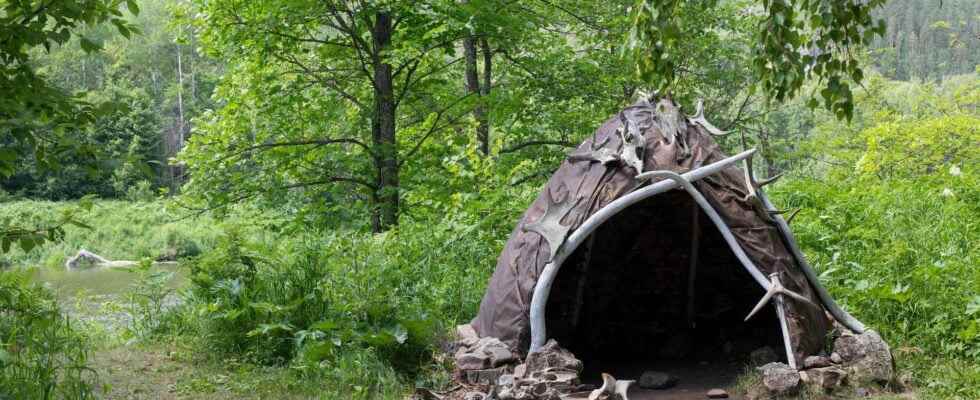23,000 years ago, a human encampment was flooded and covered by sediments on the shore of Lake Tiberias, Israel. This episode occurred during the last glacial maximum and the analysis of the remains of prey allows archaeologists to finally determine whether humans benefited from this climate change.
You will also be interested
[EN VIDÉO] Bones, these key objects of archaeological excavations In ancient civilizations, many everyday objects were made of bone. Their study by archaeologists allows us to understand in detail the daily life of our ancestors. Inrap (National Institute for Preventive Archaeological Research) tells us more in this documentary.
What were the diets and the hunting habits of Sapiens to Pleistocene ? This question can be answered in isotopic analyzes of human remains, in tooth wear patterns but also, and more intuitively, in the archaeozoological register. It is by studying this that the scientific community has been able to show that the men who lived at the end of the Pleistocene (-2.58 million years to -11,700 years) at the Middle East changed prey types. The large prey they hunted before, such as fallow deer have indeed been replaced by smaller and more difficult to reach such as gazelles.
This modification was also accompanied by a diversification of the diet which was explained by two opposing hypotheses. The first suggests that the overexploitation of resources has forced humans to turn to new foods while the second states on the contrary that an increase in the abundance of resources is responsible for this dietary change.
Clues supporting the first hypothesis would be, for example, a dominance of gazelles among the prey as well as an increased mobility of human populations. The second hypothesis would, on the other hand, be confirmed by the exploitation of several species of prey and plants as well as low mobility of human populations.
A varied diet
The archaeological site of Ohalo II extends over 2,000 square meters and was discovered in 1989 in Israel. It lies at the southern tip of Lake Tiberias (also called the Sea of Galileo), nine kilometers south of the city of Tiberias. During the last glacial maximum, 23,000 years ago, the site of Ohalo II was flooded and covered by sediment purposes, which has allowed an excellent preservation of the environment.
It notably contains six oval huts, open-air hearths, as well as the tomb of an adult man. The presence of numerous organic and inorganic remains, dated with carbon 14 between 22,500 and 23,500 years ago, allows archaeologists to re-evaluate why these fishermen-hunters-gatherers diversified their diet during the last glacial maximum. The results of their study were published in the newspaper PLOS ONE.
The authors report the presence on the site of stone tools for making fires as well as for cutting up carcasses, the remains of mammals, birds and Pisces (minnows, carp and tilapia). The remains of ropes and stones suggest that the peach with nets was practiced in this camp. Large quantities of emmer grains andbarley wild as well asoats with large seeds were stored near a stone intended to grind them.
The authors explain that the oscillations of the weather during the last glacial maximum in the Jordan Valley had little impact on humans, who were able to diversify their trophic resources. Hunting, fishing and gathering for food was supplemented by the hunt of turtles for their shells and hares and foxes for their skins.
Interested in what you just read?
